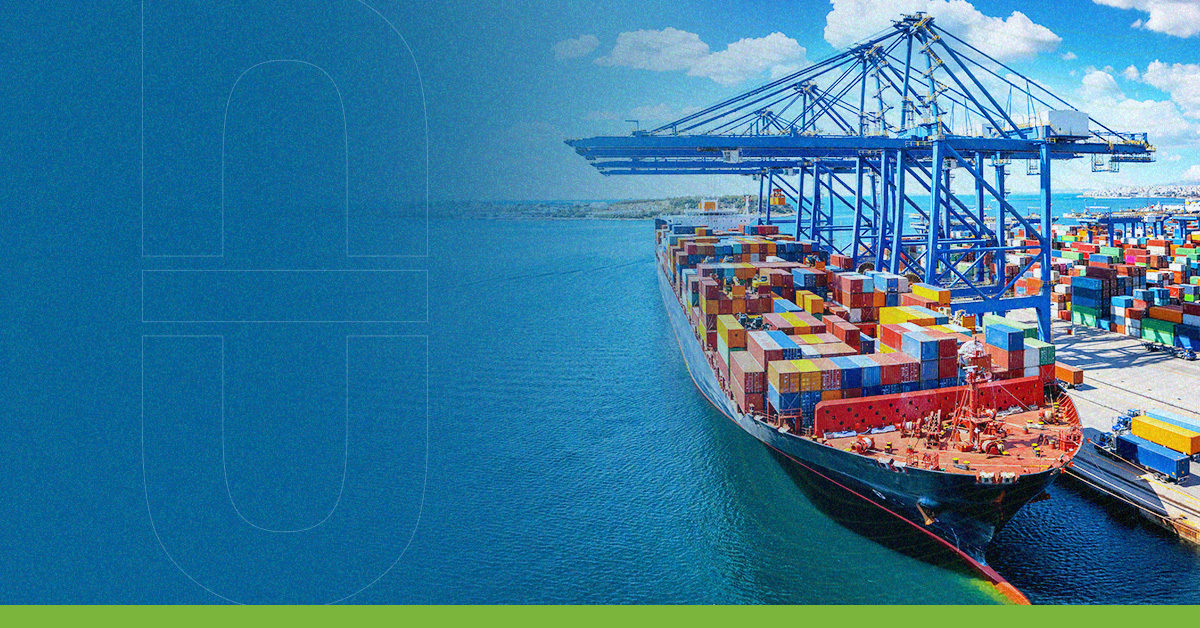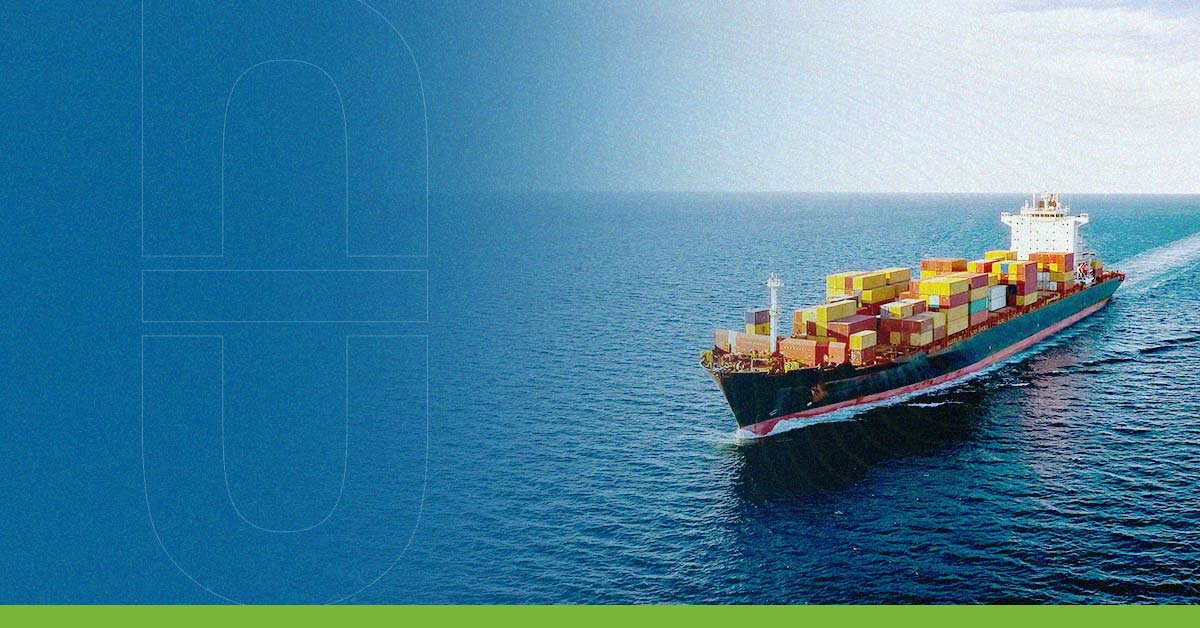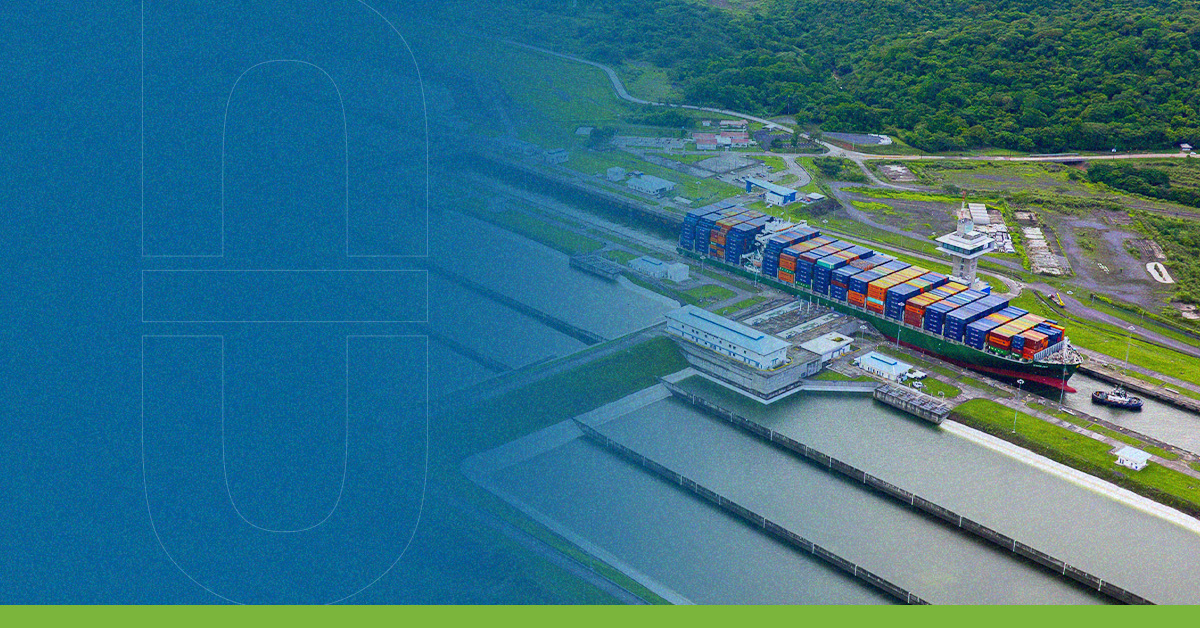Maritime freight rates have reached historic lows, surprising global markets despite ongoing crises in the Red Sea and diversions around Africa. While this provides relief for importers and exporters, it also puts pressure on shipping lines facing overcapacity and shrinking profit margins.
A sharp drop in maritime freight rates
The Drewry World Container Index (WCI) reported an 8% decrease this week, placing the price of a 40-foot container at USD 1,761. On key routes, the fall was even greater: Shanghai–Los Angeles dropped 10%, and Shanghai–New York fell 8%. From Asia to Europe, Shanghai–Rotterdam declined 9%, while Shanghai–Genoa slipped 7%.
Bloomberg confirmed similar figures, noting that container rates from China to Europe fell to USD 1,735 — the lowest level since diversions began due to the Red Sea conflict.
Factors behind the decline
Several elements explain why maritime freight rates continue to fall:
- Reduced Suez Canal traffic: attacks in the Red Sea prompted massive diversions around Africa.
- Capacity adjustments: shipping lines canceled sailings, but weak demand maintains oversupply.
- Saturation effect: additional shipping capacity now weighs on prices.
- Cumulative erosion: the WCI has recorded more than ten consecutive weeks of decline.
The latest UNCTAD report warns that the shipping industry is experiencing a phase of high volatility. In 2024, the average distance traveled per ton increased to 5,245 miles, up from 4,831 miles in 2018 — evidence of ongoing logistical disruption.
The new alternative: Arctic corridor
Amid falling maritime freight rates, a new route could transform logistics: the Northern Sea Route (NSR). The port of Ningbo-Zhoushan recently launched a connection to Europe via the Arctic, cutting transit time to just 18 days — compared to 40 through Suez and more than 50 via the Cape of Good Hope.
The first vessel is currently sailing toward the United Kingdom, with stops in the Netherlands, Germany, and Poland. Although rates along this corridor are higher than traditional maritime routes, they remain competitive compared to the China–Europe rail link and offer clear advantages for urgent or high-value shipments.
However, the route faces limitations. The vessels that can traverse Arctic waters are smaller, reducing total shipping capacity. In addition, while costs per container are lower than rail, they are still higher than standard sea routes. For now, the NSR appears more complementary than a true replacement for Suez.
Opportunities and risks for logistics
The drop in maritime freight rates could ease costs for exporters and importers but tighten margins for shipping companies. This situation may trigger further consolidation and stricter capacity controls.
If Red Sea risks ease and alternative routes stabilize, freight prices could return to pre-pandemic levels. Meanwhile, emerging corridors like the Arctic route are redefining the speed and costs of global trade.
In this scenario, logistics players must decide whether the collapse in maritime freight rates represents a short-term saving opportunity or a deeper risk for an already fragile sector.
You might also be interested in: Clash of titans: The new global trade realignment
Sources
Infobae. (2025, 25 septiembre). Nueva ruta ártica reduce a 18 días la conexión marítima entre China y Europa. Infobae. https://www.infobae.com/movant/2025/09/24/nueva-ruta-artica-reduce-a-18-dias-la-conexion-maritima-entre-china-y-europa/
Jcanon. (2025, 26 septiembre). ¿Las vueltas ya no dejan? Fletes marítimos caen tras desvíos por el Cabo de Buena Esperanza. MasContainer. https://mascontainer.com/las-vueltas-ya-no-dejan-fletes-maritimos-caen-tras-desvios-por-el-cabo-de-buena-esperanza/



